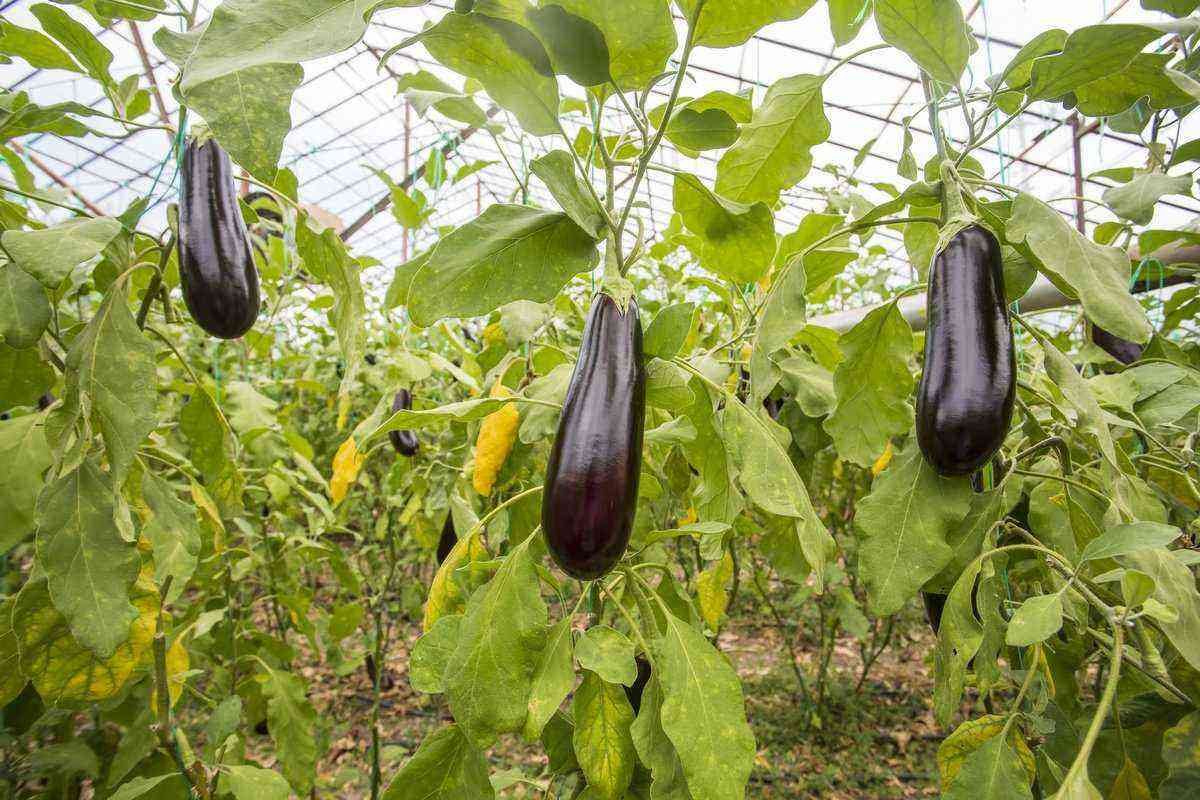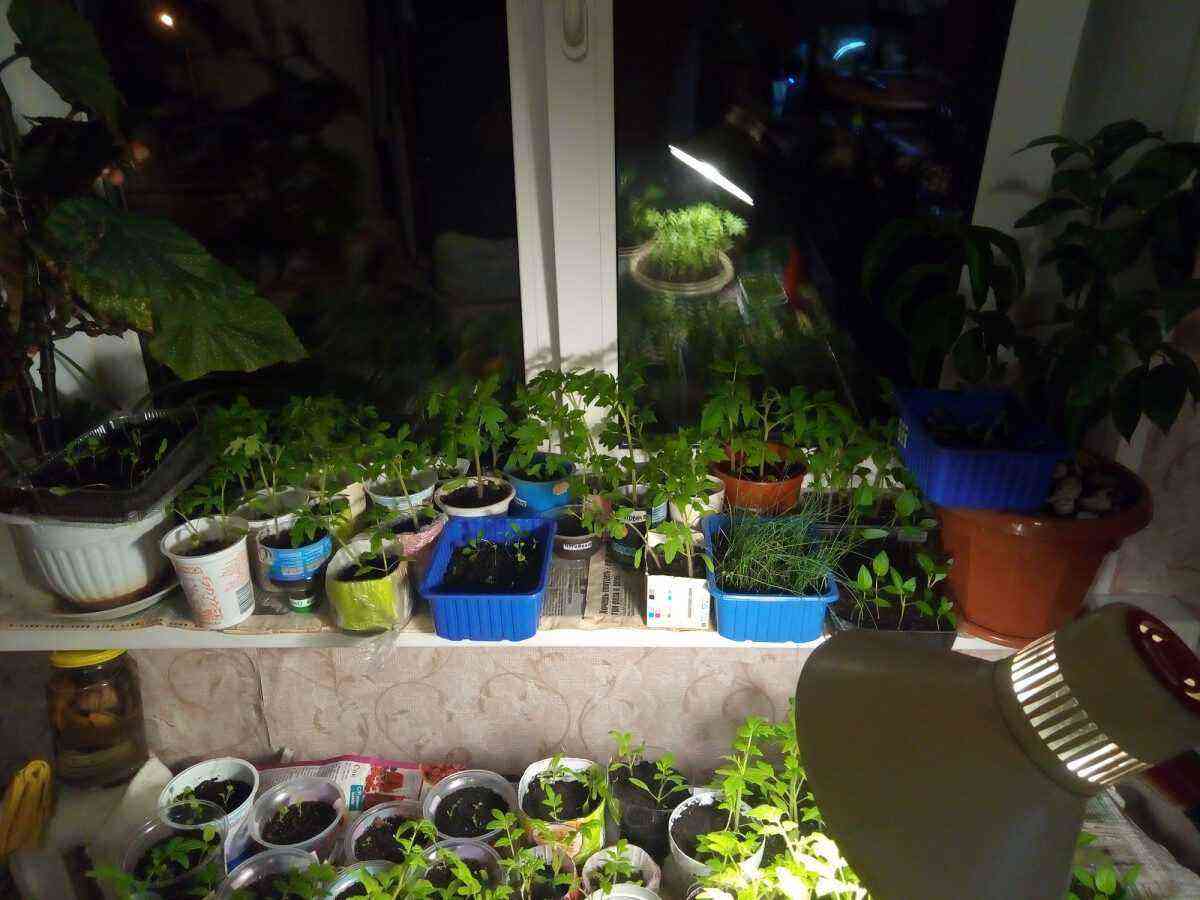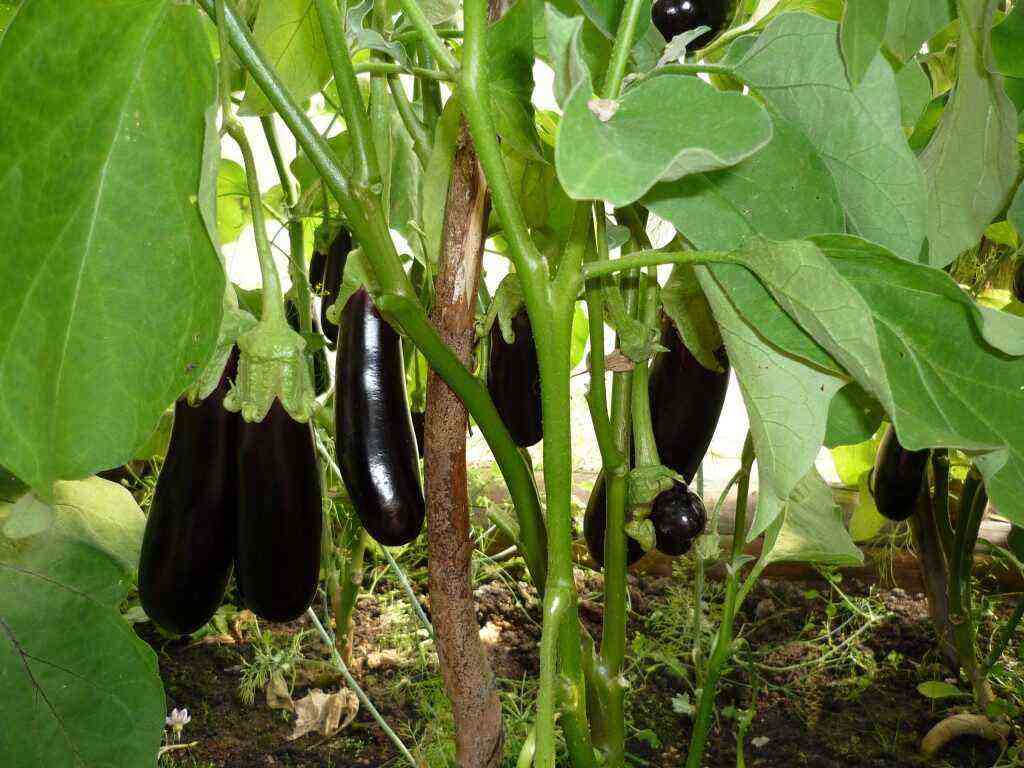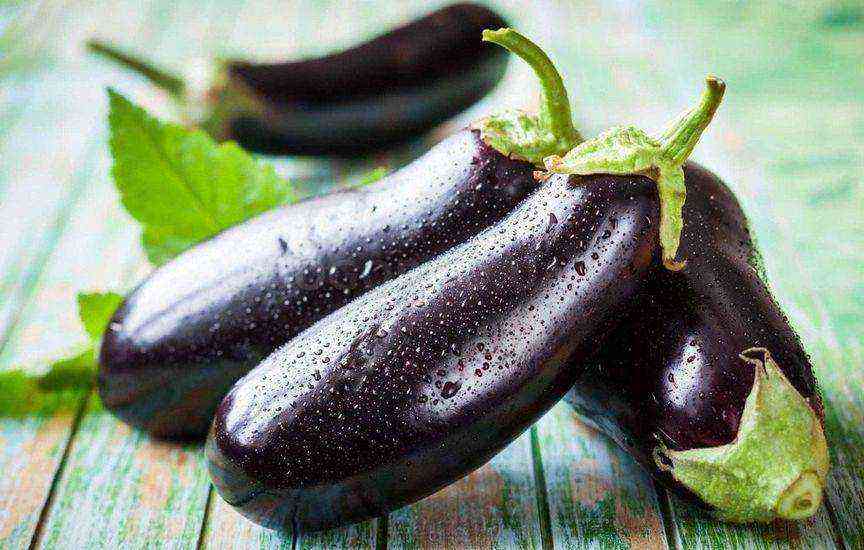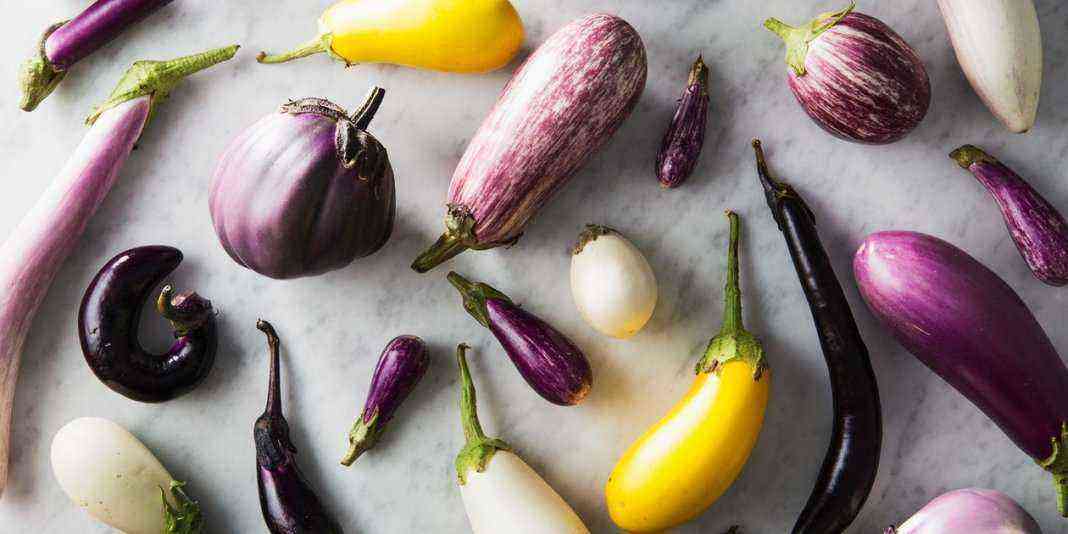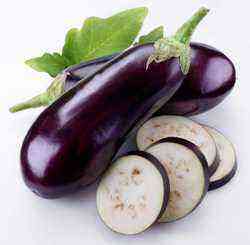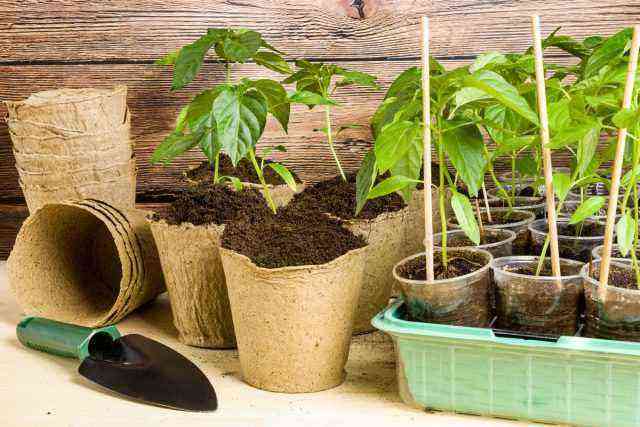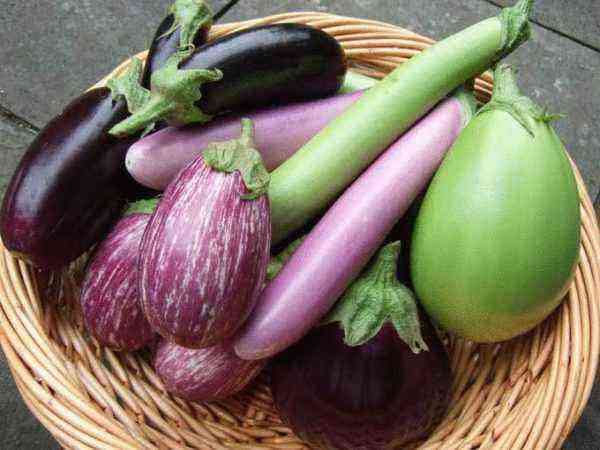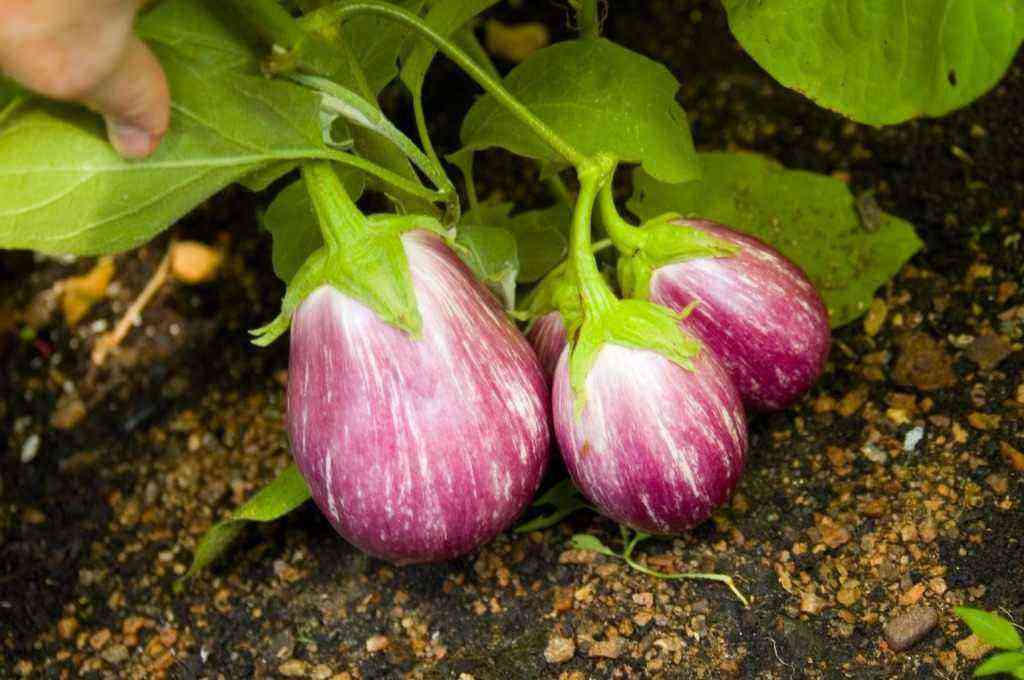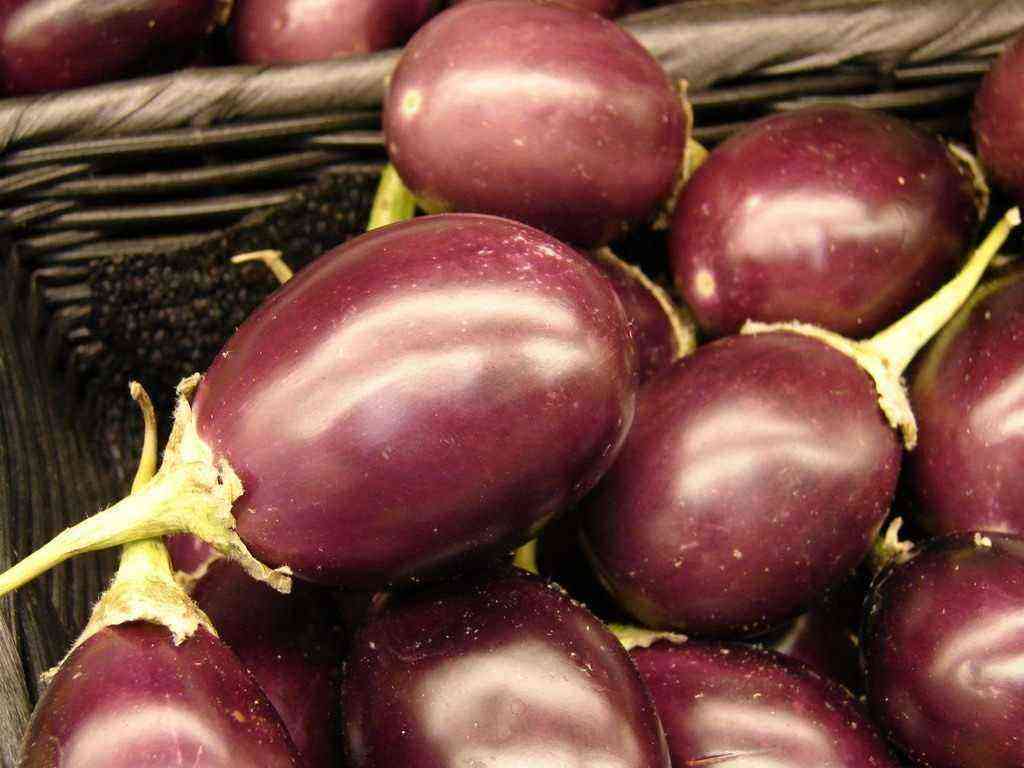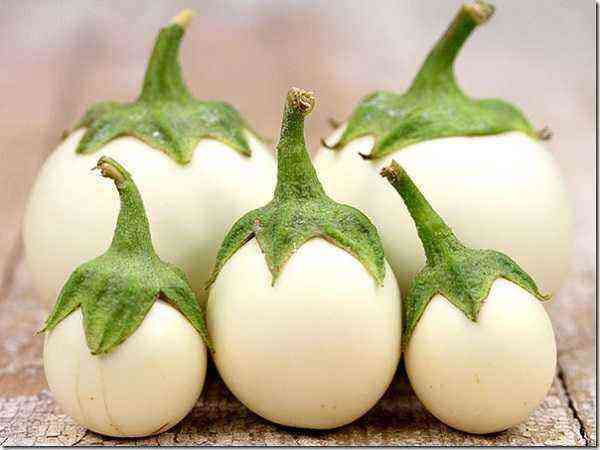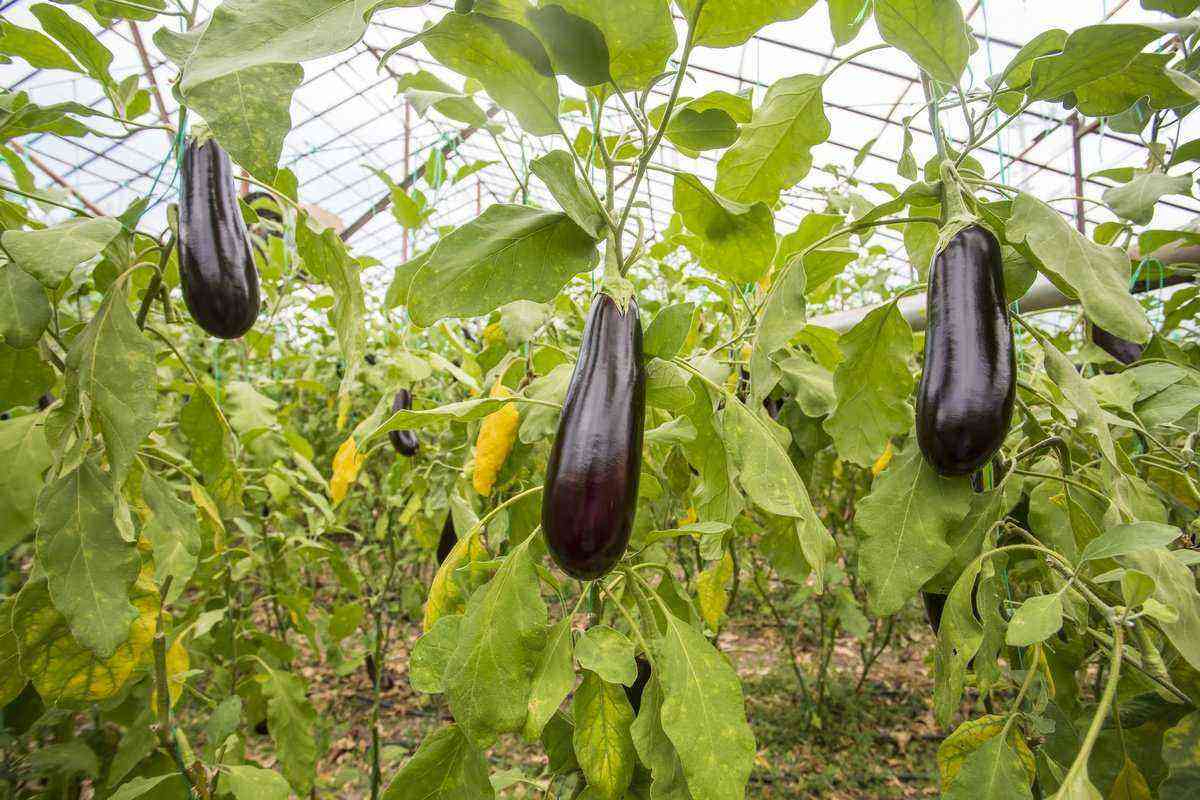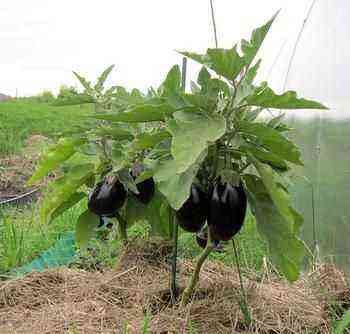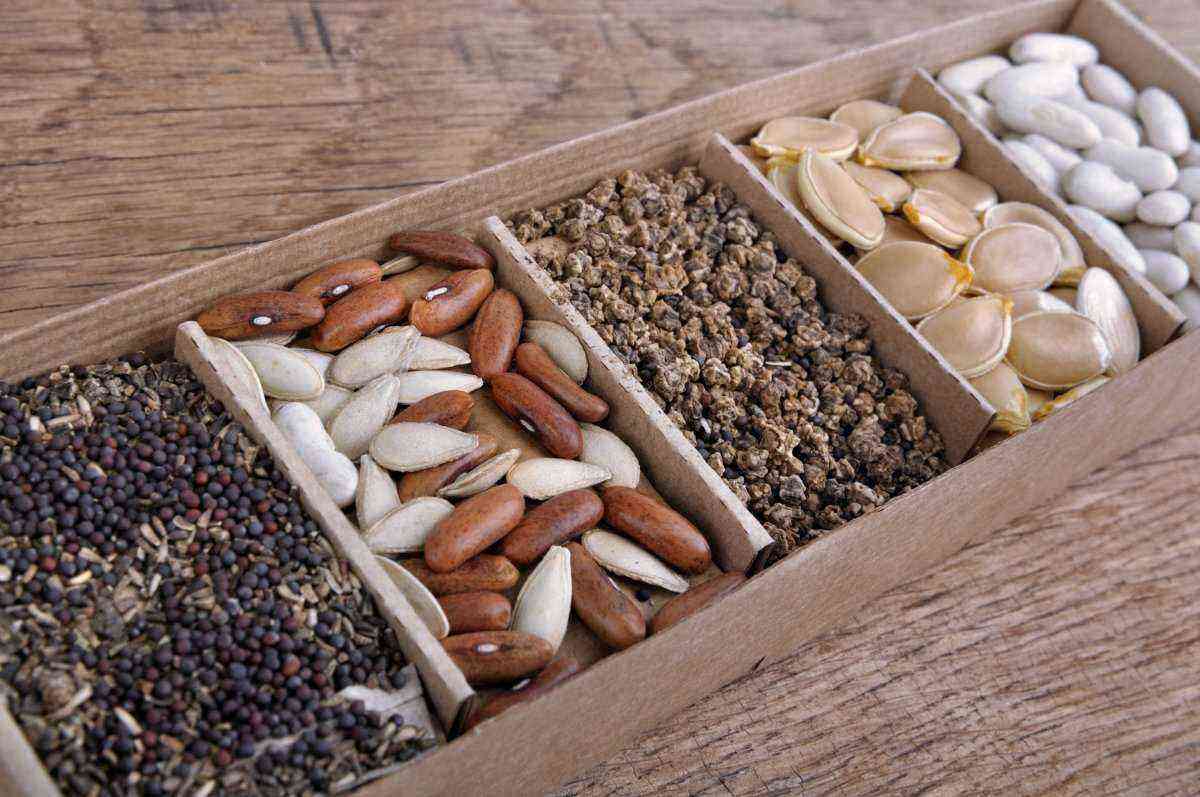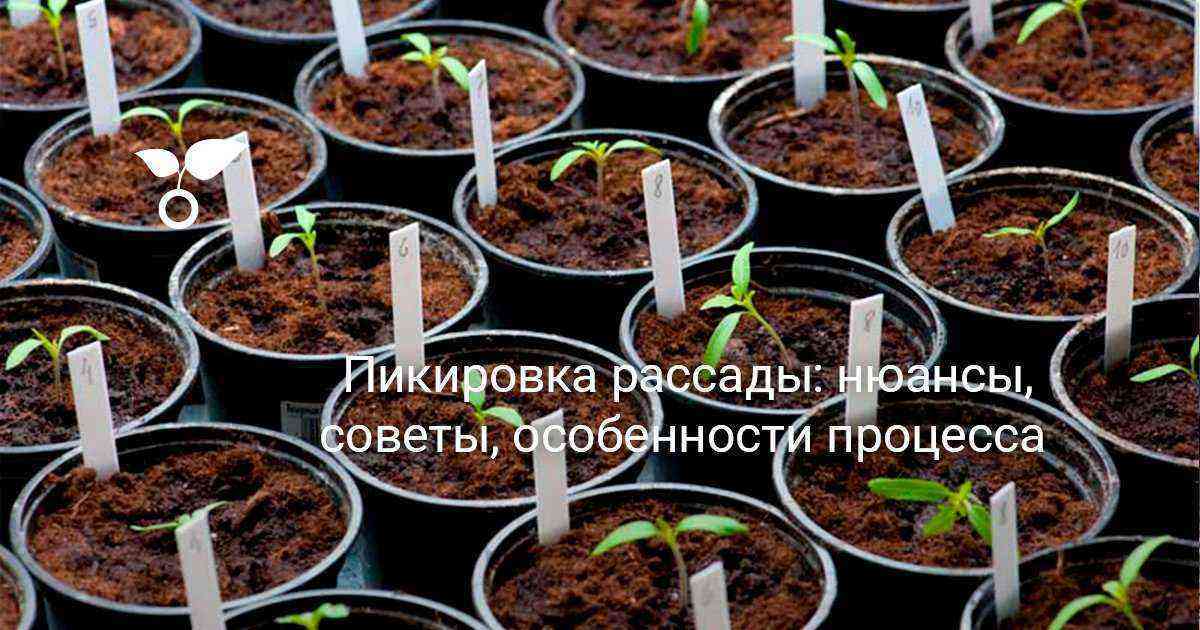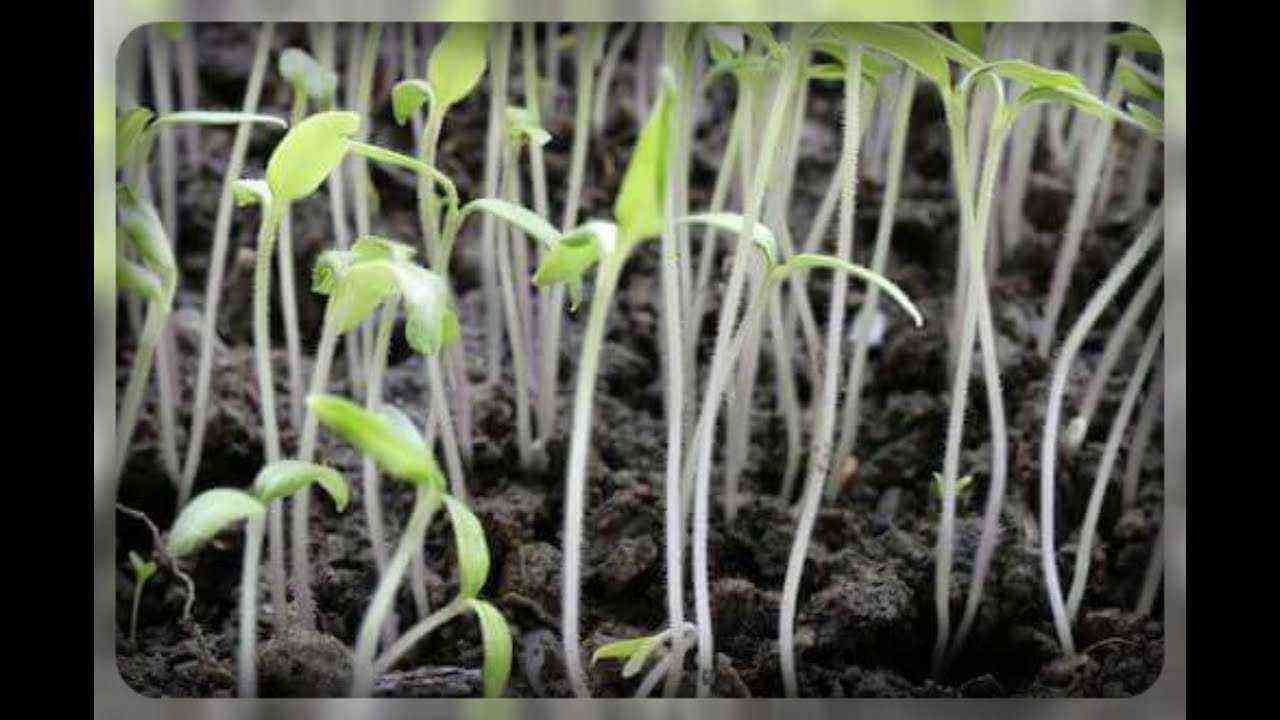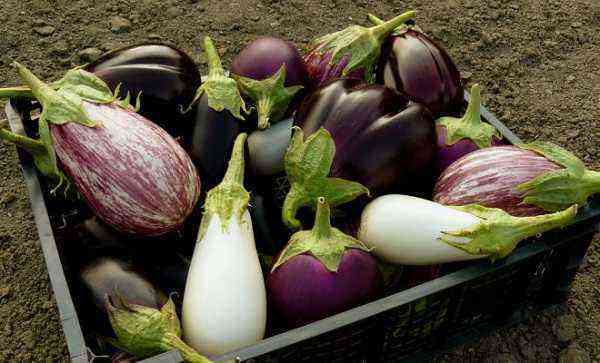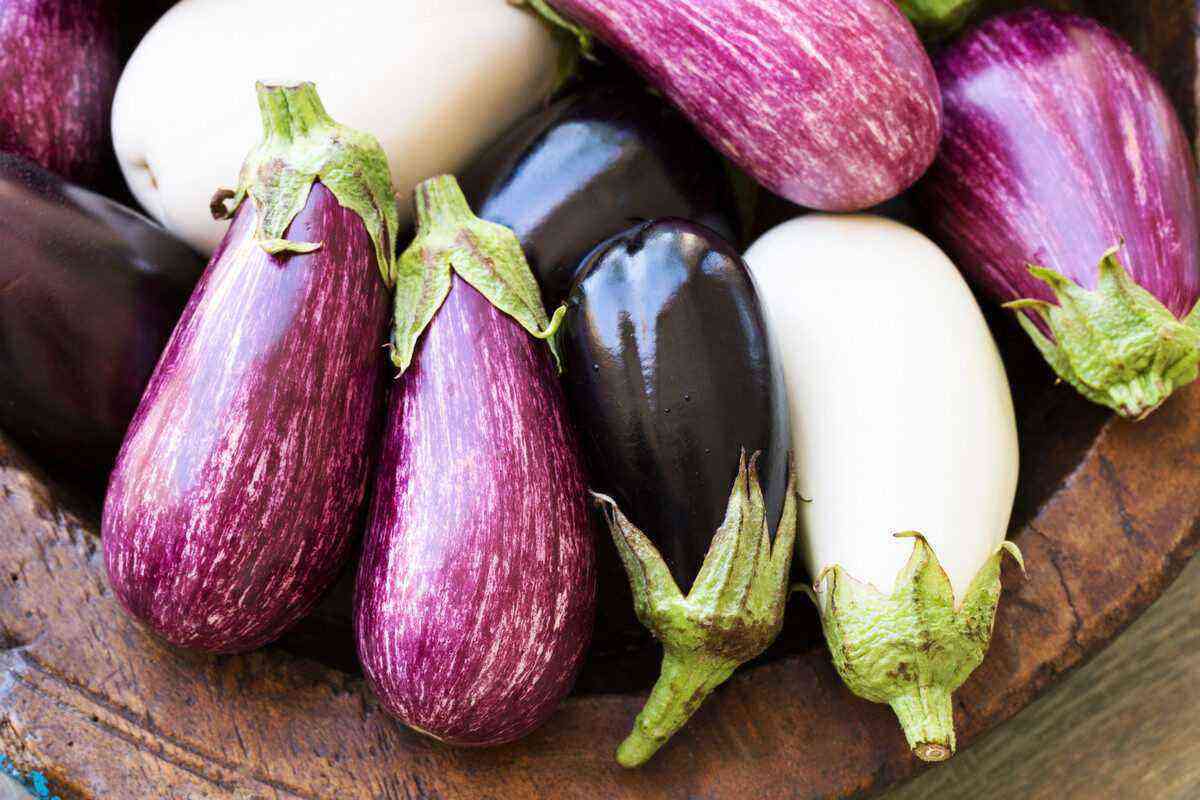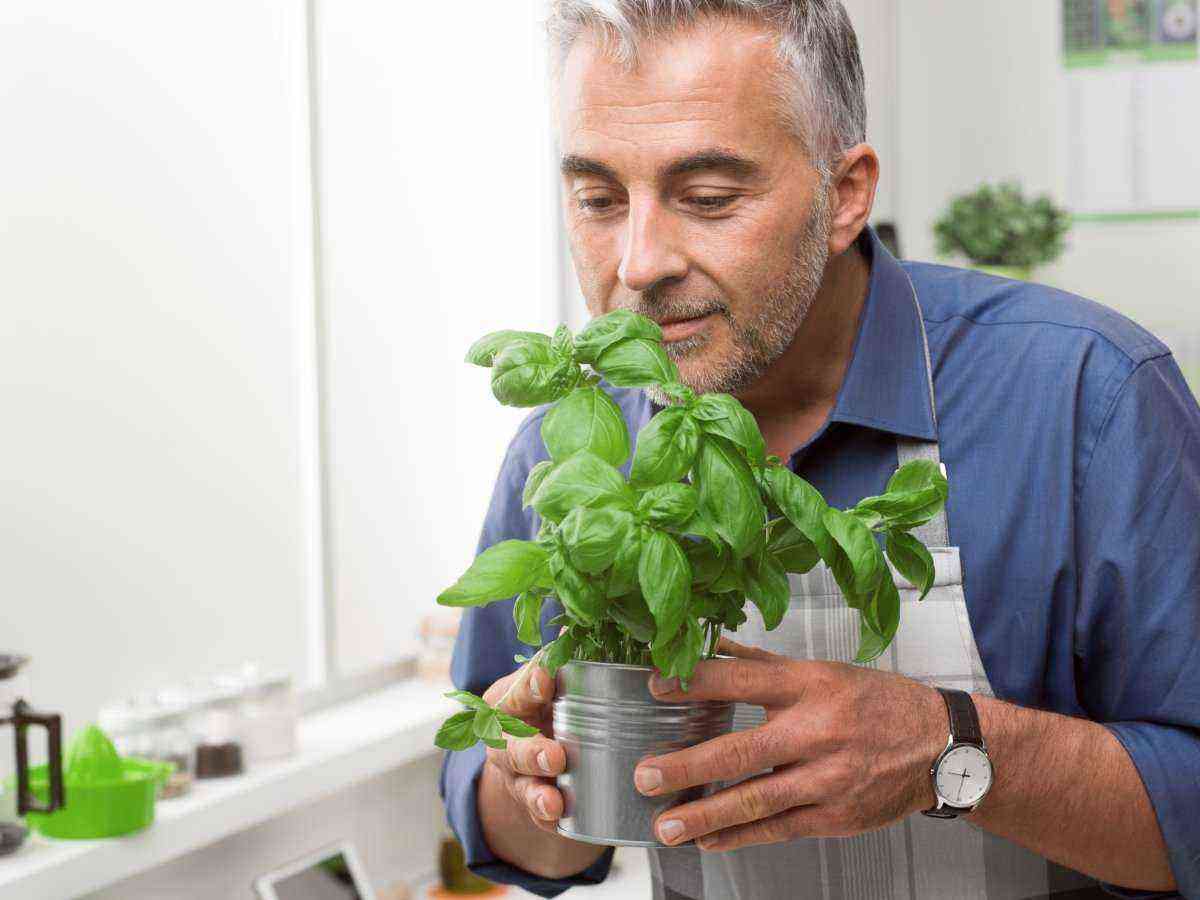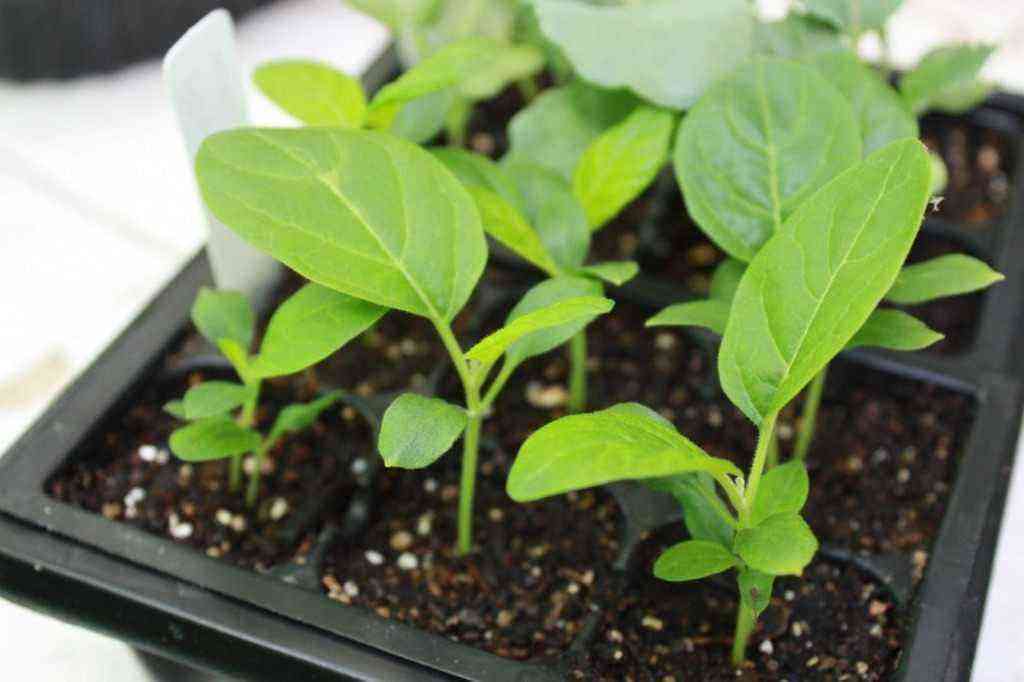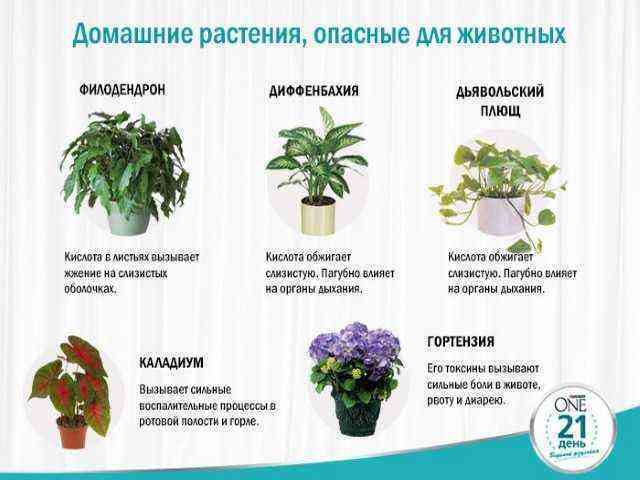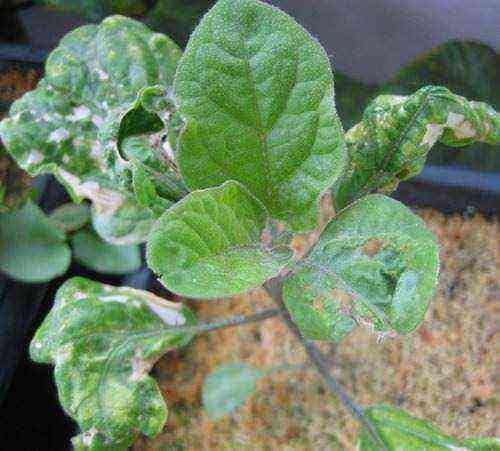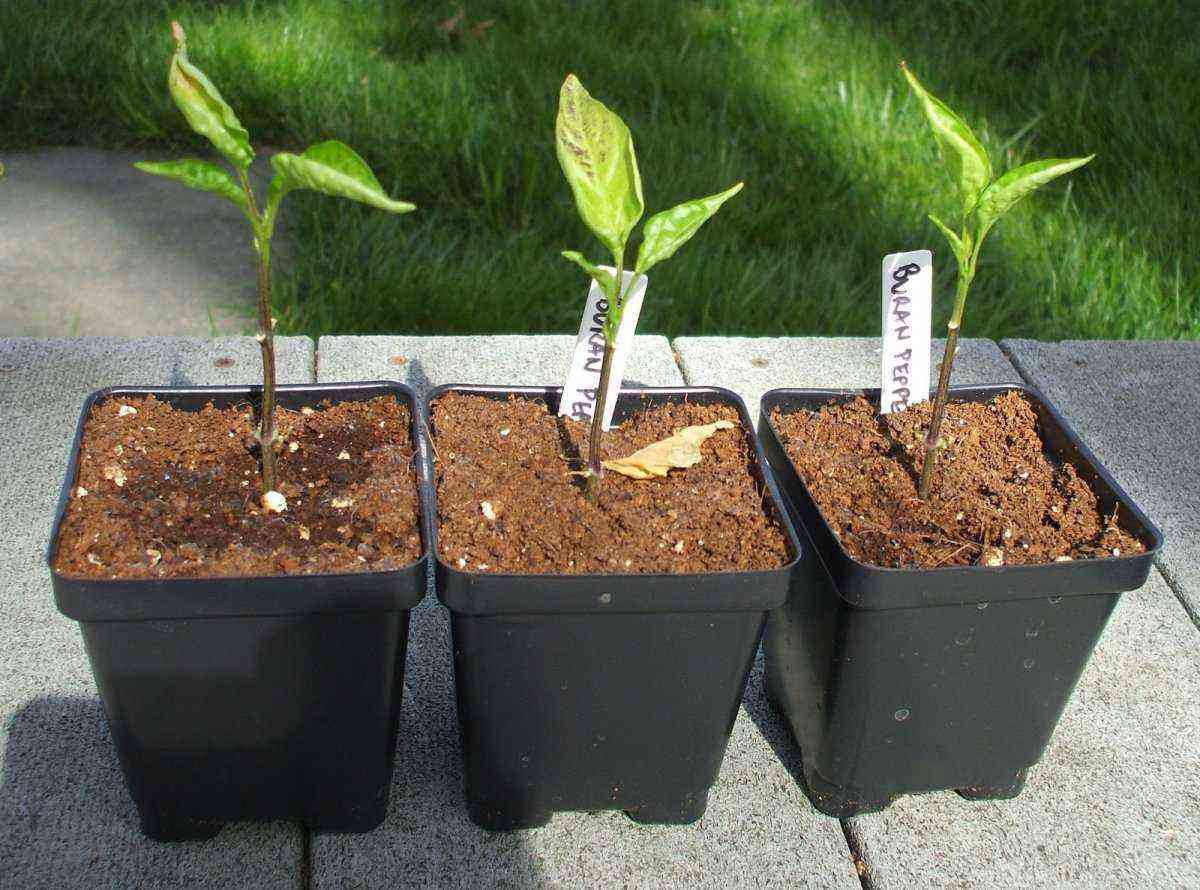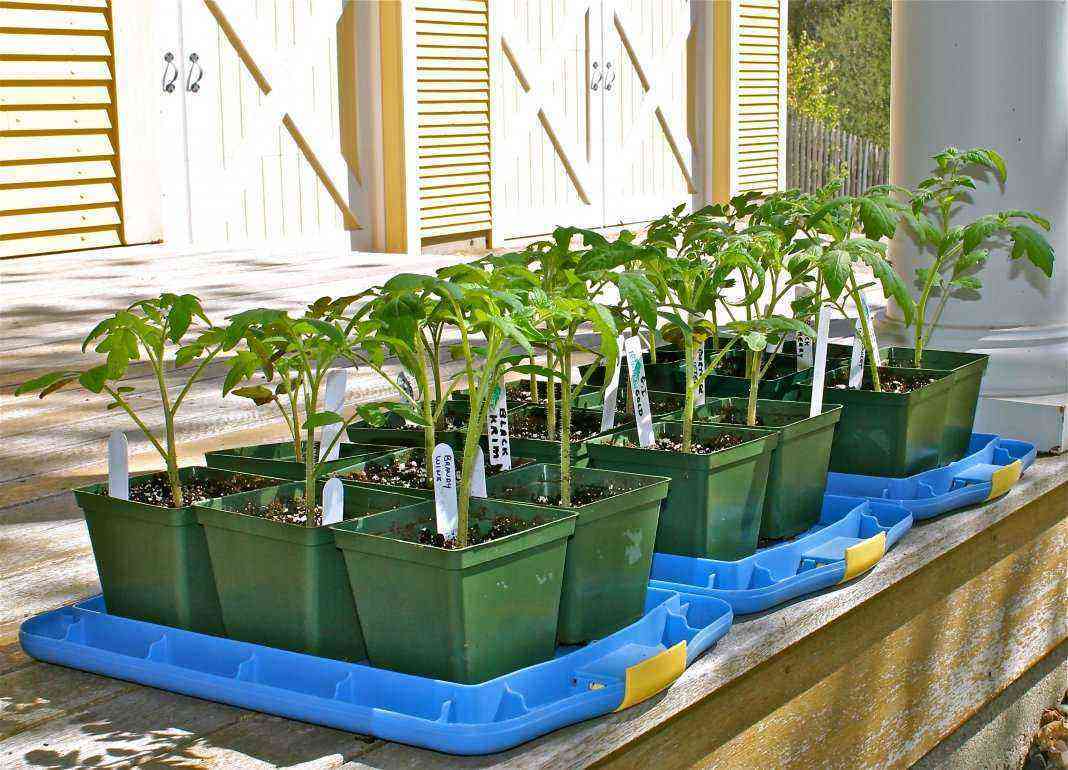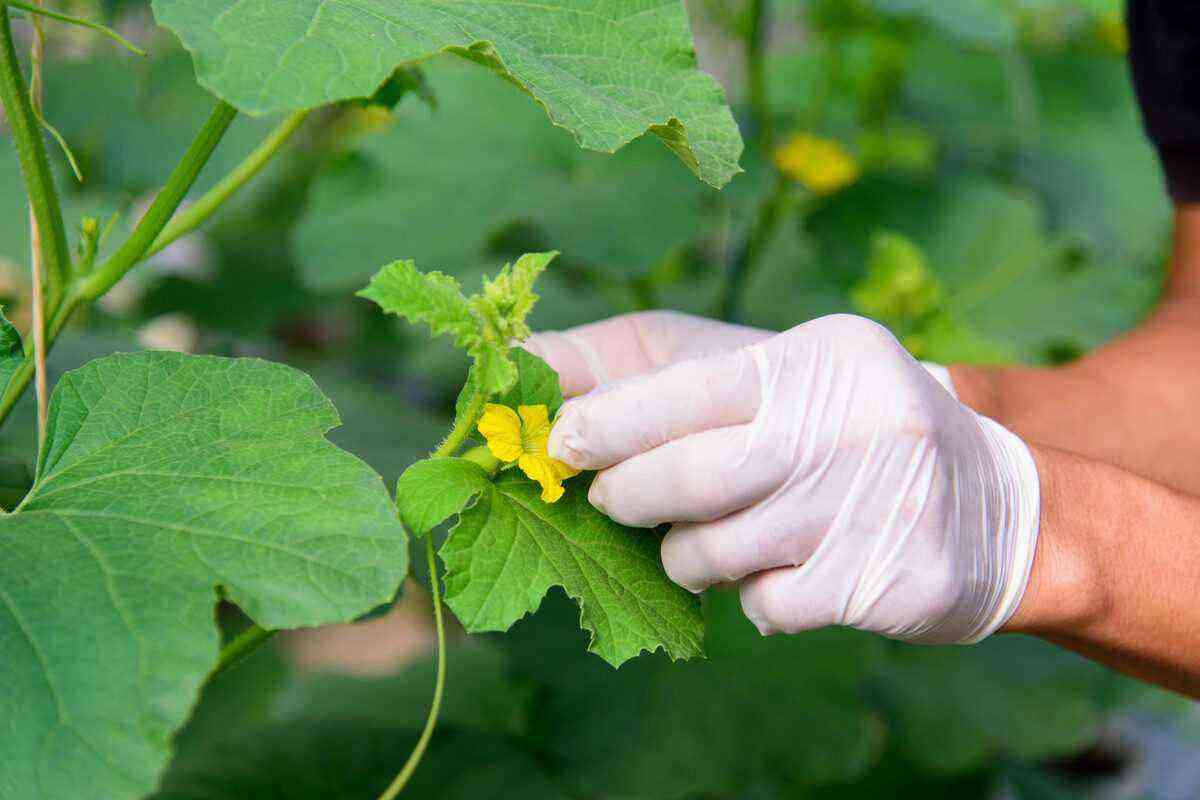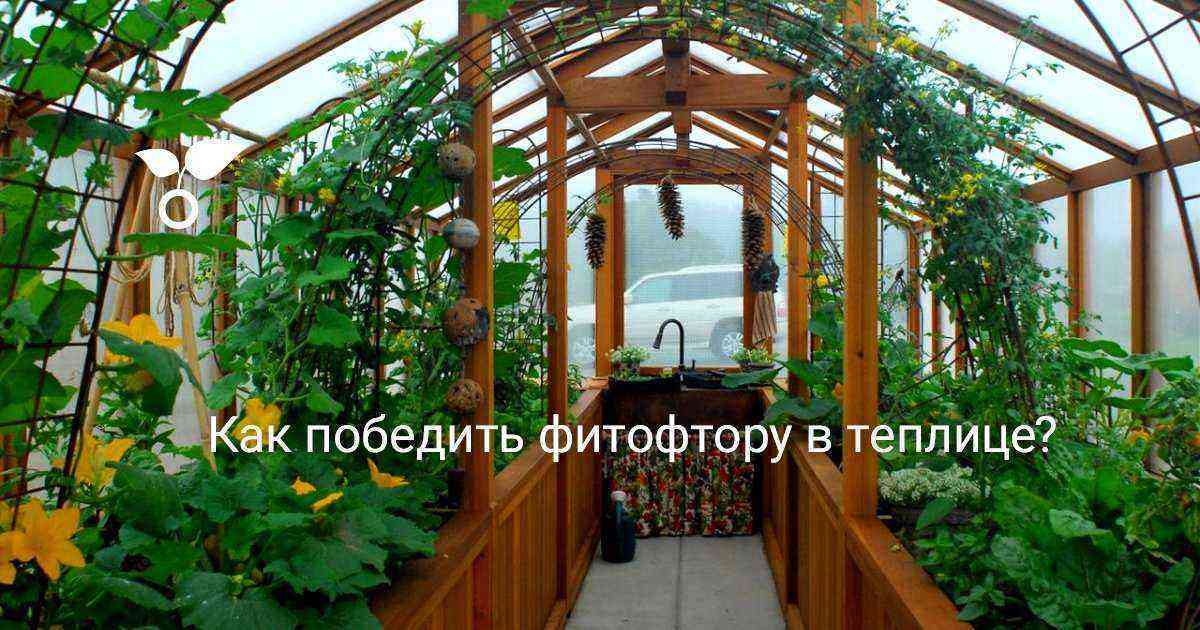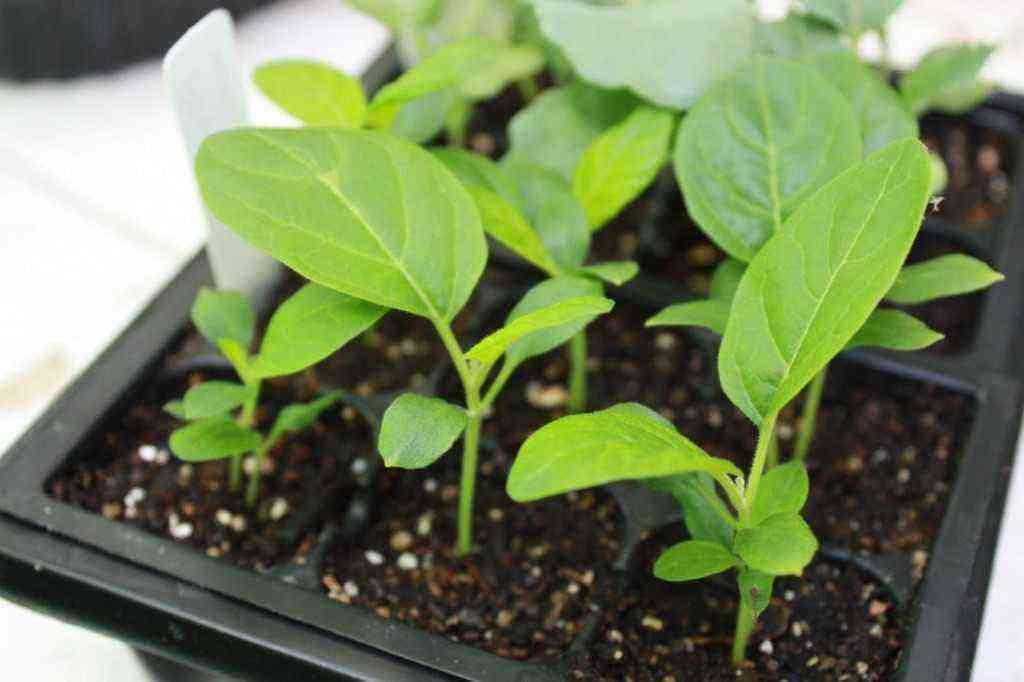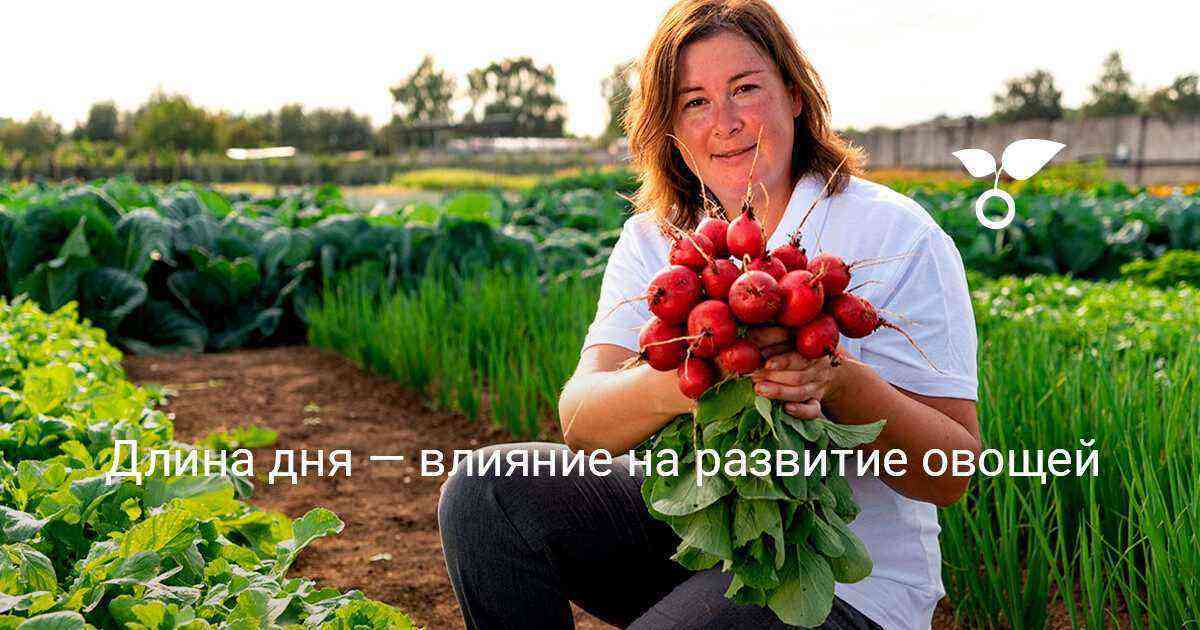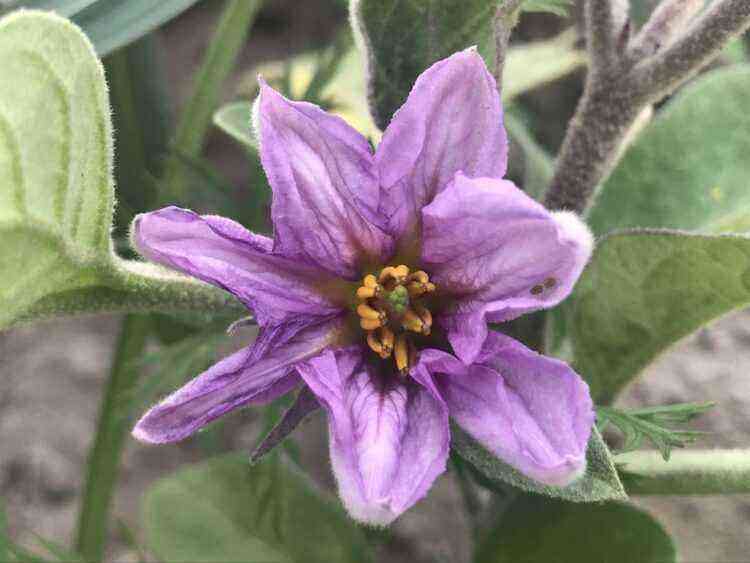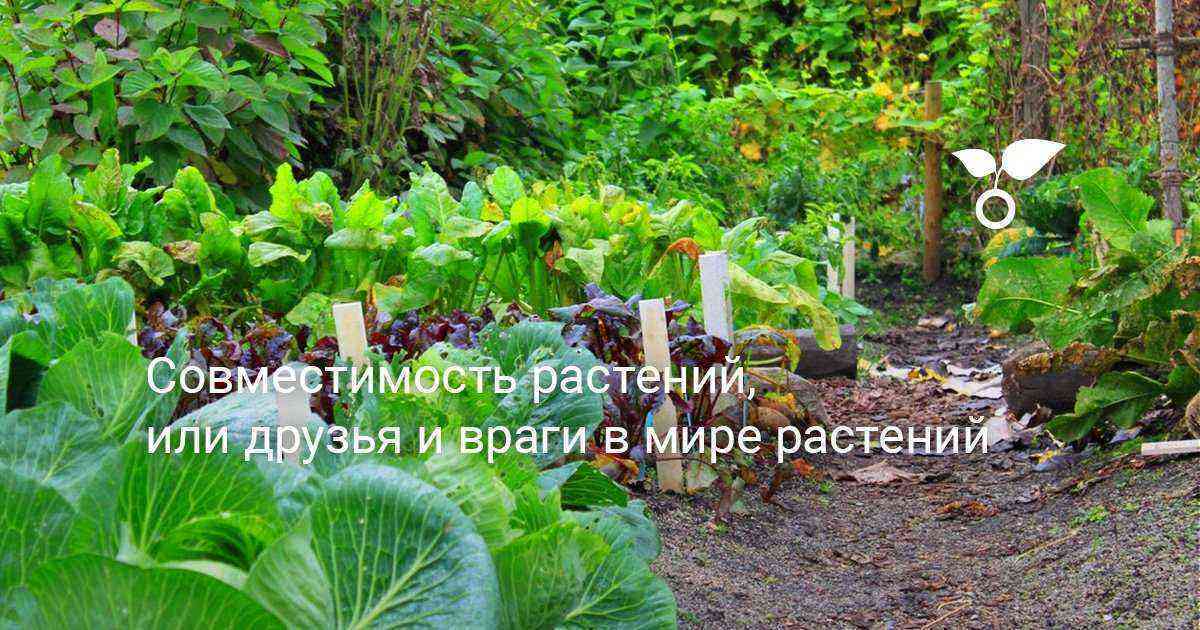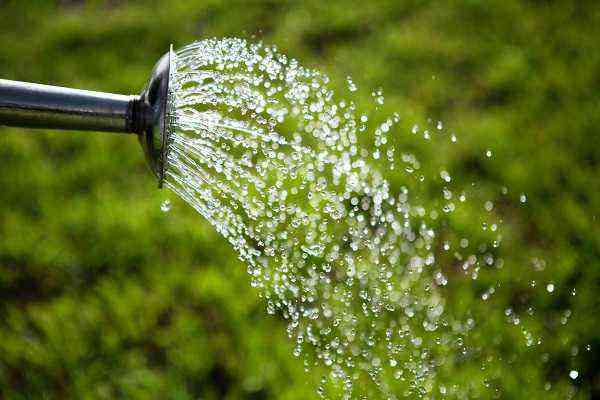Growing seedlings of any vegetable crop is a rather complicated process that requires your attention and care. Therefore, before trying to grow seedlings on your own, think about whether you have enough time, whether there are all the possibilities – a place, lighting lamps, top dressing, seedling containers, etc., in order to get fully developed plants, which can then be planted in a greenhouse or open ground. Isn’t it easier to buy seedlings?
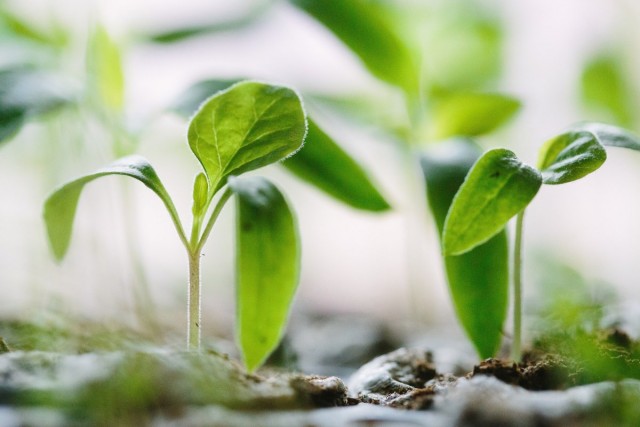 The main mistakes when growing seedlings
The main mistakes when growing seedlings
If you still decide to grow seedlings on your own, then today we will tell you about the main mistakes in growing seedlings, avoiding which you can get high-quality plants, and in the future, with proper care in the open field, a good harvest. After all, seedlings properly grown and planted in the garden are, although only half the success, but a very important half.
1. Mistakes in seed storage
So, the first mistake is the wrong way to store seeds, as a result of which they lose their germination capacity partially or completely. Most often, gardeners, especially beginners, do not even think about where to store the seeds collected from varieties (but not F1 hybrids), put them in a plastic bag and place them in a kitchen table drawer or on a shelf. As a result, the seeds are stored in a fairly rich in moisture and very warm room, which sometimes affects their germination very negatively.
In heat, the seeds can lose their germination very quickly, literally a couple of months can be enough, and if they also lie in a place where air is accessed, say, poured into a box without a lid, then, most likely, a month will be enough for them to come to worthlessness.
Remember: seeds are best stored at positive, but low temperatures (usually up to +10 degrees). In this case, another important factor should be taken into account – the humidity of the air in the room where the seeds are stored. It has been noticed that if the humidity is high (more than 85%), then the seeds will become unusable as quickly as if they were stored in a dry room, but at a temperature above 20 degrees above zero.
Some gardeners advise storing seeds frozen, that is, placing them in the freezer of a standard household refrigerator. There, the seeds are really stored longer, they do not lose their germination or are lost, but slowly. This is good, but at the same time, the seeds literally hibernate and do not germinate when sown, unless they are awakened. You can wake up the seeds by banal warming up – by placing them in water with a temperature of about 40 degrees for a couple of hours.
The most optimal conditions for storing seeds are those in which the temperature is in the range from +7 to +10 degrees above zero and does not jump up or down depending on the weather outside the window, and the humidity is no more than 60%.
2. Mistakes in preparing seeds for seedlings
Gardeners who purchase seeds in stores or from friends try to protect future plants as much as possible from the possible impact on them of negative factors in the form of, for example, fungal diseases. To do this, they treat the seeds with all sorts of poisons, often without thinking about the concentrations of these same poisons.
Remember that the concentration of toxic substances must be observed in strict accordance with the instructions indicated on the packages of these drugs (and be neither higher nor lower than those indicated, because in the second case there will simply be no effect). In this case, it is necessary to use only drugs that are approved and adapted for dressing the seeds of certain crops. The same applies to growth stimulants, otherwise you will simply kill the seeds.
When buying seeds for seedlings, be sure to read the description and on their packaging, at present, many companies sell seeds already treated with protective compounds, growth regulators or pickled seeds, which must be written on the packaging. Of course, this is an attempt to stand out among the mass of seed companies, but in this case, the attempt is good and it is in your favor. You can even overpay a little for such seeds, but you don’t have to mess with them in the future.
3. Incorrect hardening of seeds
Another mistake regarding seeds is their incorrect and untimely hardening. Experienced gardeners in general often recommend abandoning the hardening of seeds, because, according to them, this makes no sense, because seedlings usually grow in the most comfortable conditions for it. Given this circumstance, hardening of the seeds may not be carried out, but if you decide on it, then harden the seeds, without sprouts, after soaking, but before hatching, otherwise there is a risk of destroying the tender sprout, and nothing will grow from the seed .
4. Error in the timing of sowing
The timing of sowing seeds for seedlings is very important: if you sow the seeds too early, then the seedlings will not be ready for planting in the ground, because it will still be cold outside, then it will outgrow, waiting for the right conditions. If you sow late, then it will not develop sufficiently by the time it is planted in the ground, so there may be delays in obtaining a crop, and in some cases you may not receive it at all.
Usually, the seeds of most vegetable crops for seedlings are sown no earlier than the end of March and the beginning of April, but if we are talking about heat-loving crops, say, bell pepper or eggplant, then seedlings can be sown early – for example, closer to mid-March. In addition to stretching or not growing to the desired size and degree of development, seedlings with incorrect planting dates may also suffer due to unfavorable light conditions – they will begin to stretch up to the degree of lodging, or there will be delays in the formation of brushes (as, for example, in a tomato).
Read our detailed materials: Terms of sowing vegetable crops for seedlings for different regions and Calendar for sowing ornamental crops for seedlings.
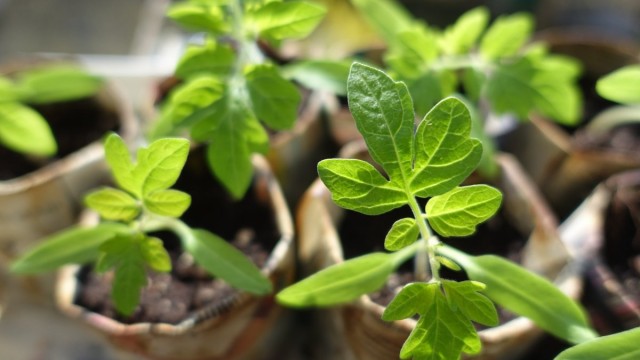 Seedlings of tomatoes
Seedlings of tomatoes
5. Mistake in choosing soil for seedlings
When sowing seeds for seedlings, be sure to pay special attention to the composition of the soil in which you will sow the seeds. Never use “worn” soil, dense clay and taken from places with an “unknown past”. It’s better not to take the soil from somewhere at all, because you can later infect your site with quarantine pests. You can not buy the soil in the store due to additional financial costs, but simply cook it yourself, especially since it is not at all difficult.
It is best to prepare the soil for growing seedlings in the autumn, that is, in advance, almost six months in advance. There is a universal mixture in which the vast majority of seeds of various crops will germinate. Such a mixture consists of a couple of parts of humus or compost, one part of semi-decomposed sawdust (they should be gray) and one part of sand (it is better to take river sand of an average fraction, it would be nice to wash it). All this is thoroughly mixed, and seeds are sown in this composition of the mixture.
Read about how to independently prepare the soil for growing seedlings in our material “Preparing good soil for seedlings”
6. Thickened plantings
We have reached the sowing of seeds, it would seem, what mistakes can there be? But they are, for example, excessive thickening during sowing. Of course, the ideal option is to sow one or two seeds in peat-humus pots, but more often the seeds are sown in boxes, covering the soil with an almost even layer of seeds. Naturally, with a dense planting, they will grow weakly, compete for nutrition and moisture, stretching out, they will strive to “grab” more light for themselves, from which, as a result, the seedlings will be twisted and weak.
Do not forget about diseases: in the thickened crops of seedlings, a black leg is operating, capable of destroying from half to all the plants in the box. To understand what distance is considered optimal when sowing, pay attention to the packaging of seeds, it is definitely mentioned there. Different cultures prefer different distances, which must be taken into account.
7. Seeding depth
The same can be said about the depth of planting seeds, there is a universal gardener’s rule “the depth of planting a particular seed corresponds to two of its diameters.” In fact, this is indeed the case, and if the seeds are sown very deeply, they may not sprout. And here again, instructions on the package with seeds should come to the rescue: the depth of embedding must be indicated there, especially if it is a company that deserves respect and seeks to break into the market, ahead of its competitors.
8. Insufficient lighting for seedlings
After sowing, the period of seedling care begins and it begins with the installation of additional lighting. While the seedlings have not yet risen, there is no need to hide the containers or boxes in the dark, just put the box on the southern windowsill and wait for the shoots to appear. As soon as the seedlings appear on the surface of the soil, it is necessary to provide them with additional illumination by artificially lengthening the daylight hours and bringing it up to 11-13 hours with the help of illumination lamps (depending on the crop).
Lamps are switched on, as a rule, for 1-2 hours before sunrise and 1-2 hours after sunset. Sometimes even during the day. It is very simple to check whether backlighting is needed during the day, you just need to turn on the lamp in the daytime, if it becomes noticeably lighter, then additional lighting is needed, but if it is a sunny day outside the window and nothing should change, then there is no need for daytime lighting.
9. Wrong watering
Water is life. But water can also be deadly to seedlings if too much is poured out. For example, too much water should not be poured immediately after sowing the seeds. During this period, it is enough to spray the soil with a spray gun, only slightly moistening, and so that the moisture does not evaporate, cover the container on top with cling film. With heavy watering after sowing, you can literally “drown” the seeds or even deepen them somewhat, which will delay the emergence of sprouts on the soil surface. Of course, sowing in absolutely dry soil also does not bode well, so the substrate should be moistened even before sowing the seeds (this will be better).
In the future, while the sprouts are small, you can use the same spray gun, and as soon as they grow up, switch to standard watering, for example, from a cup. At the same time, it is important not to overfill the soil with water, and to prevent it from drying out, this is no less dangerous than overflowing – the roots of the seedlings will simply dry out (and not rot, as in the first case) and the plants will die.
Do not use heavy water for watering seedlings, especially from a tap. Firstly, it is quite cold there, and secondly, there may be chlorine additives that are detrimental to plants. Water can be used rain, melt or settled for at least a day. Before watering, warm it up to room temperature so that there are no drops during watering.
It is possible to sharply limit watering, up to its complete cessation, only if there is a day or two left before planting seedlings on the site. The fact is that plants saturated with moisture are more fragile and can suffer more during transplantation than slightly lost turgor and more lethargic specimens.
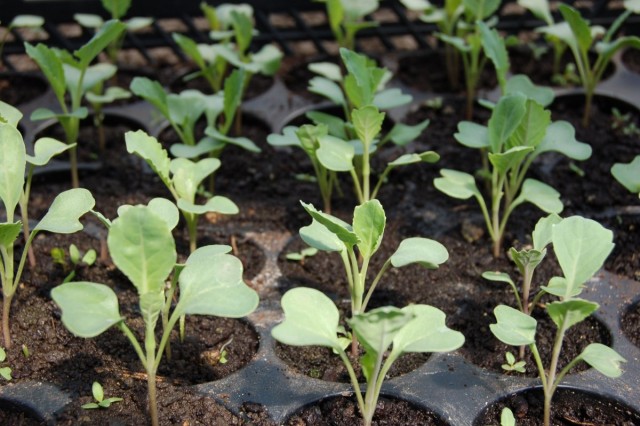 Seedling cabbage
Seedling cabbage
10. Wrong feeding
When growing seedlings, top dressing is also important, you should not think that the seed contains all the necessary substances and is capable of forming a full-fledged plant on its own. Top dressing is needed, but in fairly small quantities and in a timely manner.
For example, before picking seeds into separate cups, it is better not to feed seedlings at all, then, 4-5 days after picking, you can feed nitroammophos by dissolving a tablespoon of this complex fertilizer in a bucket of water. About a liter of such a solution is needed per square meter of a seedling box. Depending on the growth rate and the rate of seedling development, top dressing can be carried out at least every two weeks, but more often it is not recommended.
If you abuse fertilizers and keep seedlings at home for a long time, then it can outgrow to one degree or another, and this will also negatively affect its further growth and development after transplanting to a permanent place in the ground. At the exit, the seedlings should be stocky, with a thick stem, a powerful root system, but not elongated, high, up to lodging.
11. Lack of seedling hardening
Remember the phrase – “if you want to be healthy – temper”? Indeed, hardening helps to increase immunity, and strong immunity is the key to the health of both a person and seedlings as well. Given this, you should not send seedlings directly from the windowsill to the garden. Hardening should be carried out, gradually worsening the “habitat conditions”. The first days, seedlings can be taken out to a balcony or terrace for only a couple of hours, only by 2-3 hours increasing the time of her stay there every day, and so – up to a full day. If there is no balcony or terrace, then try to put seedlings under an open window or window according to the scheme described above. Only after hardening seedlings can be planted in the ground.
See also our special project Secrets of growing healthy seedlings.
Here, perhaps, are all the mistakes that are possible when growing seedlings. If I forgot something, then write about it in the comments. Both me and the readers will find additional information very useful.
